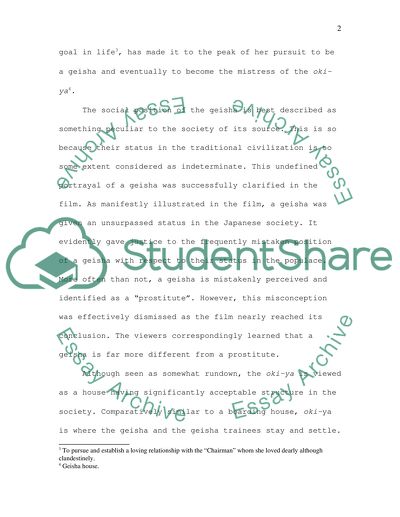Cite this document
(“Feminist Film Criticism Essay Example | Topics and Well Written Essays - 2500 words”, n.d.)
Retrieved from https://studentshare.org/miscellaneous/1514457-feminist-film-criticism
Retrieved from https://studentshare.org/miscellaneous/1514457-feminist-film-criticism
(Feminist Film Criticism Essay Example | Topics and Well Written Essays - 2500 Words)
https://studentshare.org/miscellaneous/1514457-feminist-film-criticism.
https://studentshare.org/miscellaneous/1514457-feminist-film-criticism.
“Feminist Film Criticism Essay Example | Topics and Well Written Essays - 2500 Words”, n.d. https://studentshare.org/miscellaneous/1514457-feminist-film-criticism.


